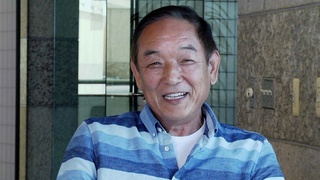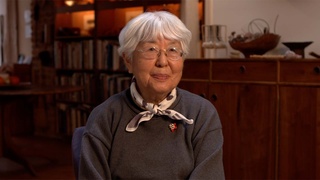Interviews
Avoiding the Japanese military
I*: And why did you return to the United States?
Well, that was before the Second World War. And my parents was worried that if I stayed in Japan, they might take me into their, you know, as the soldiers and go to the war. So, I had a citizenship [in] United States. So, if I come back in the United States, the Japanese government can’t, you know, can’t call me for the military. So that was the reason.
* "I" indicates an interviewer (Daniel Lee).
Date: February 4, 2004
Location: California, US
Interviewer: Daniel Lee
Contributed by: Watase Media Arts Center, Japanese American National Museum
Explore More Videos

My daughter couldn’t fit in Japan, so I decided to go back to America (Japanese)
(b. 1936) Shin-issei welding business owner

Evacuated to the Jungle
(b. 1938) Philipines-born hikiagesha who later migrated to the United States.

Captured by Guerillas after bombing of Pearl Harbor
(b. 1938) Philipines-born hikiagesha who later migrated to the United States.

Grandfather picked up by US Army
(b. 1952) Former banking executive, born in Hawaii

Tough life at boarding house (Japanese)
Shin Issei – owner of izakaya (Japanese-style tavern) and kappo (small Japanese diner) restaurant, Honda-Ya


Father's business partner operated their farming business during WWII
(b. 1935) Sansei businessman.

Father was convinced the constitution would protect him
(b. 1935) Sansei businessman.


General reasons why people left Japan for Peru
Okinawan American whose parents are from Peru.

The lack of discussion about family’s incarceration in Amache
Sansei judge for the Superior Court of Los Angeles County in California


Her mother came to the U.S. with a group of picture brides
(b. 1923) Japanese American poet, activist

Her father bought her mother American clothes after she arrived from Japan
(b. 1923) Japanese American poet, activist

Her brother’s reasons as a No-No Boy
(b. 1923) Japanese American poet, activist
